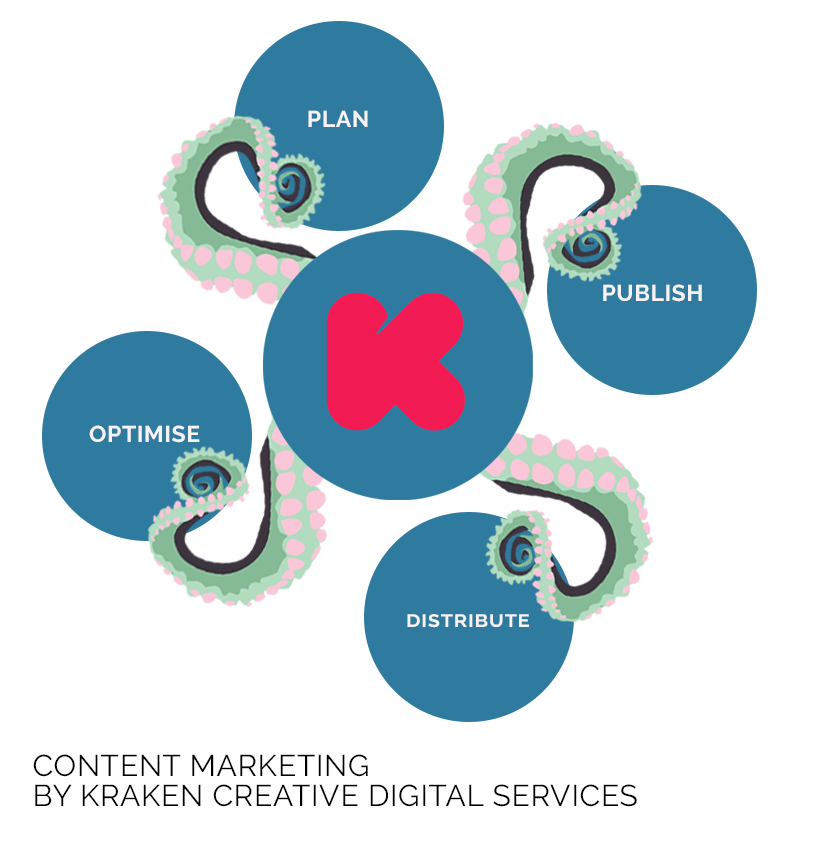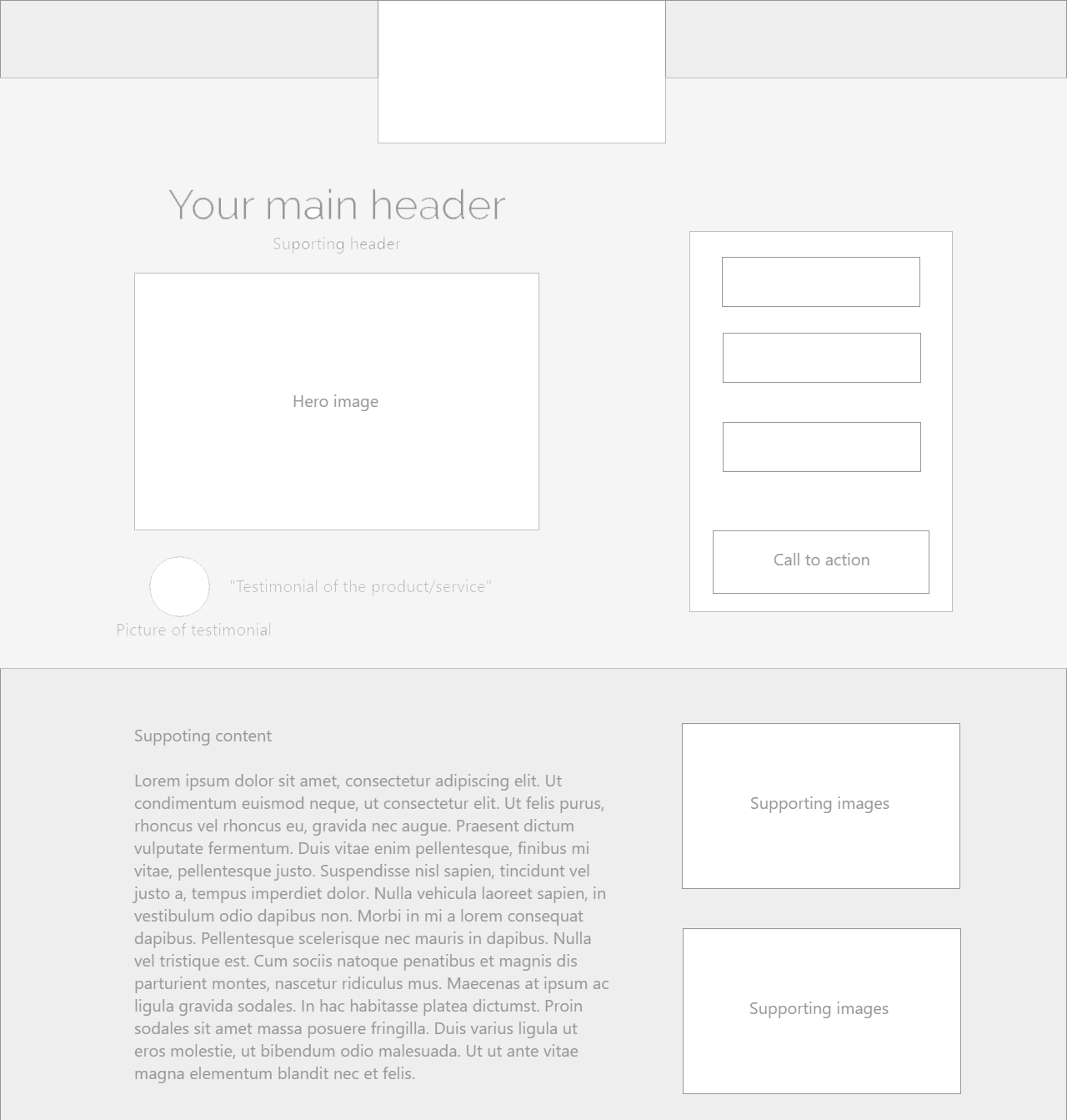Product Page Testing - Conversion Rate Optimisation
Invest in your site
When talking to small ecommerce businesses about what they want to do with their site and marketing they usually want to do some content marketing and ads to push that content. Then I ask how is your product page performing? This is usually met with I need to look at the analytics or a don’t know.
With the power of this data we can look to see if we can improve product page performance. Is your conversion low? Is their room for improvement? What possibilities are their for this page? Marketing tends to go for push large numbers of people to a site/page and profits will rise. This is true due to a numbers game but what if you could increase the conversion rate. What if with less people you can make more money?
Testing the product page
Product pages can be a great place to start looking at when trying to optimize a ecommerce site. The product page needs to tell a story about the product that compels the user to take action and put it in the basket. So does your product page do this?
Here are a few ideas of things to look at when testing to improve the page:
Copy – What does the description tell the user about the product? Is it accurate? Could there be more information about the product? Does the product need to given to a copy writer to add more feeling to it? This is one to the easiest changes to make when testing.
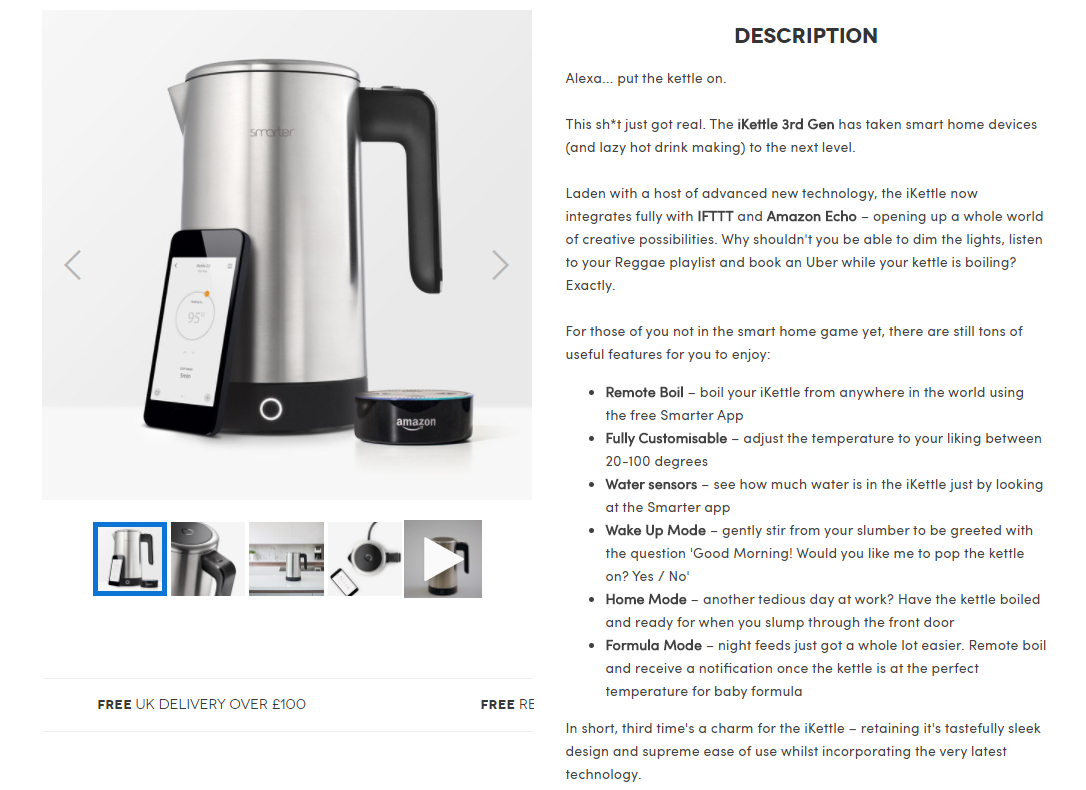
Imagery – Does the imagery of the product do it justice? Can the user see the product from different angles, are the images clear, do you have images of the product is use? One of the biggest things to improve on is imagery and just updating them can have a huge difference.
Video – Do you have video on you products in use? Video is a great way to help tell the story of the product and get that message to the user in an easy to digest format.
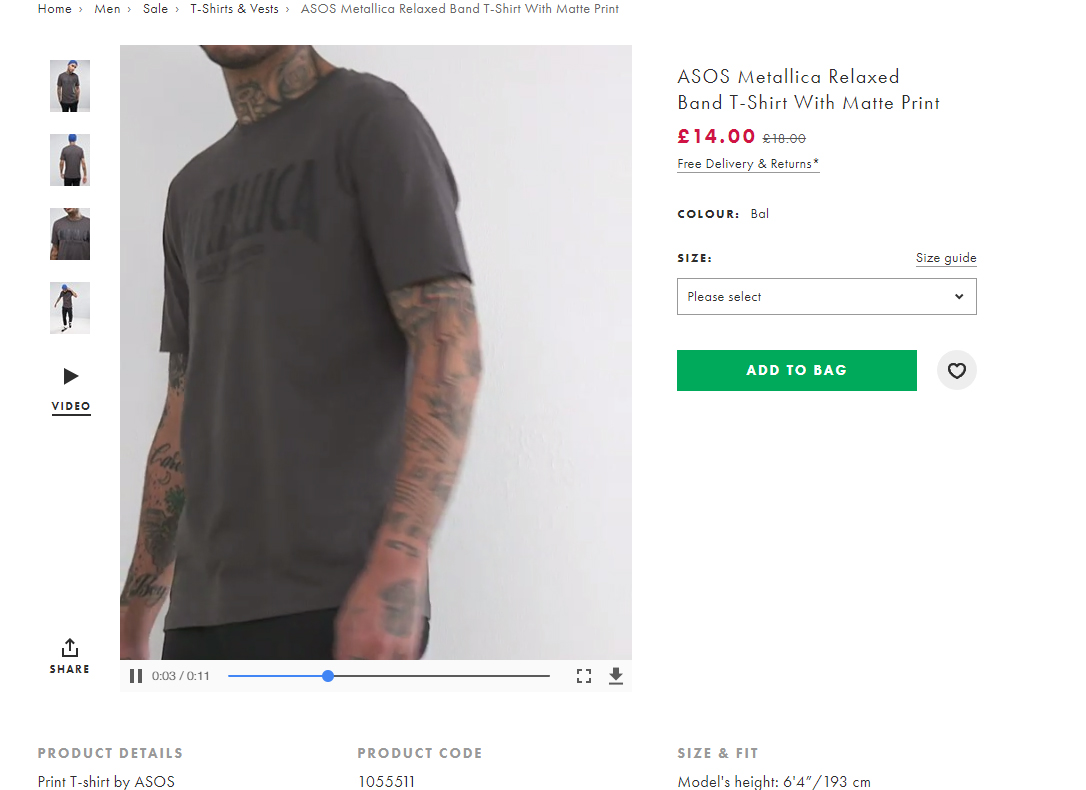
Features – More and more common is to have an interactive image. Having hover points on the image to delve deeper into the features that set the product apart. This product was designed for a reason, so tell the user why. Or having a 360 degree view of the product so you can see all the angles of the product.
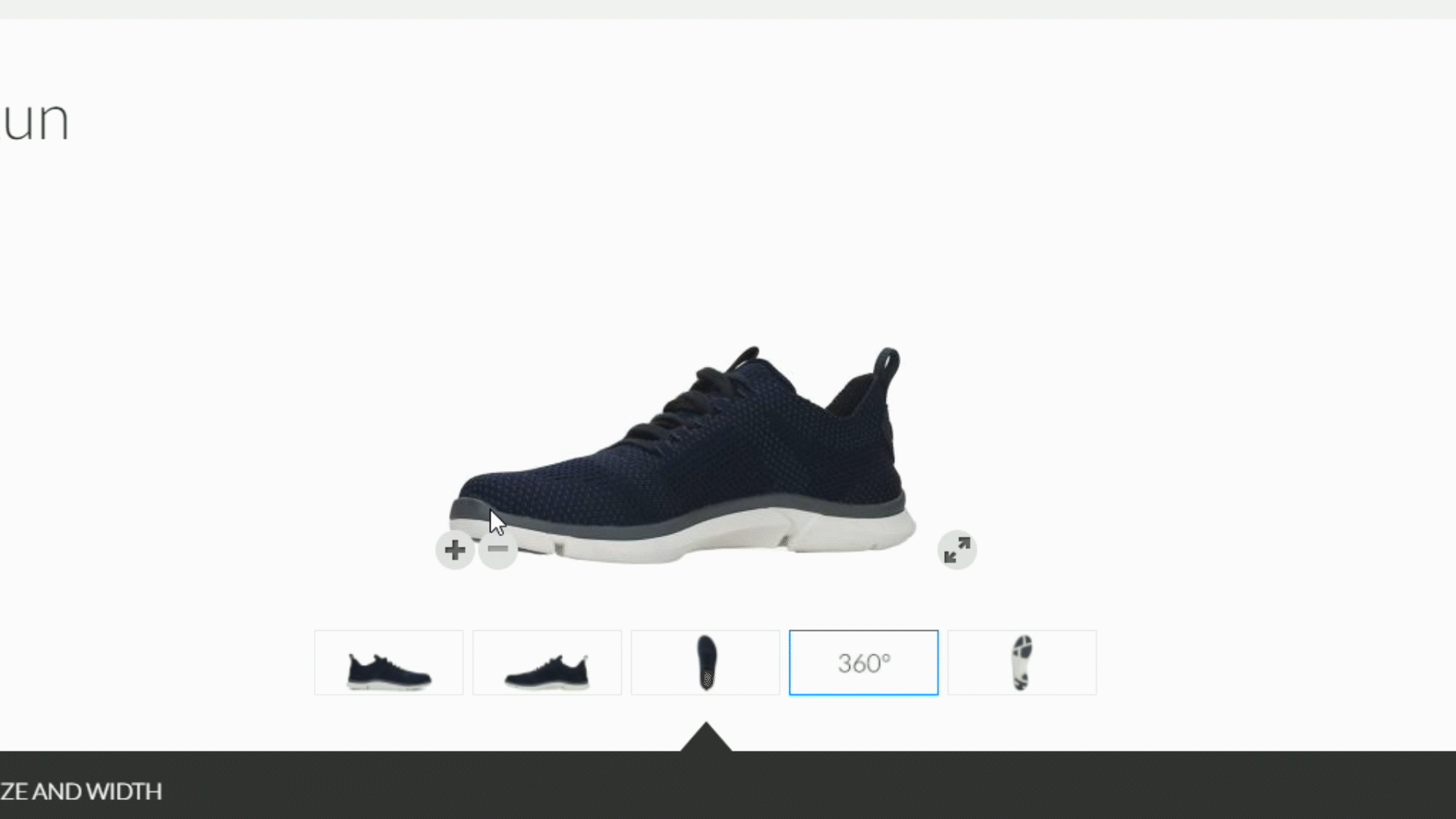
Personalization – If you are tracking your users to see what they are doing how they shop why not personalise the pages for them. If certain users tend to read reviews when purchasing maybe look to move the reviews above the description for only these users. Leaving reviews below the description for other users. Trying to find out if your users use social proofing in their purchasing decision and using that to help them.
Conclusion to testing product pages
There are thousands of other tests that can be done but hopefully, these few have got you thinking of what can be improved.
Making these changes to see if improving the conversion of the traffic you have is really a great idea. Improving the UX of your site and using stats to back it. Then increase to a number of ads you are doing to bring that traffic to an optimised well-performing place that will hopefully yield more money.






